Pipe Pots
pls8xx
16 years ago
Related Stories
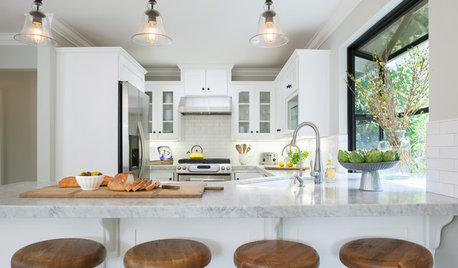
KITCHEN DESIGNKitchen of the Week: A Burst Pipe Spurs a Makeover
Once dark and clunky, this compact kitchen in a 1962 ranch is now light, bright and cheerful
Full Story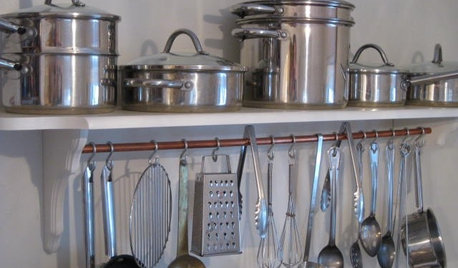
Idea of the Week: DIY Pot Rack
Transform a Recycled Shelf and Copper Tube Into a Great Kitchen Space Saver
Full Story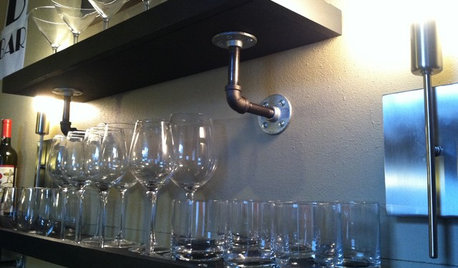
MORE ROOMSCool Shelves You Can Make With Stuff From the Garage
Idea of the Week: The guys behind The Garage Slab turn salvage wood and pipe into industrial-chic bar
Full Story
CONTAINER GARDENSContainer Gardening Basics: The Dirt on Soil
Learn the types of potting soil available and the best mixes to help your containers thrive
Full Story
CONTAINER GARDENSHappy Houseplants, Happy People
Potted plants add life and beauty to a room. Learn easy ways to keep them healthy
Full Story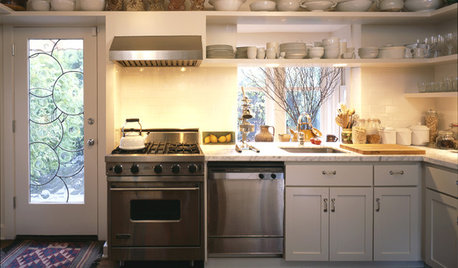
KITCHEN DESIGNHouse Planning: How to Set Up Your Kitchen
Where to Put All Those Pots, Plates, Silverware, Utensils, Casseroles...
Full Story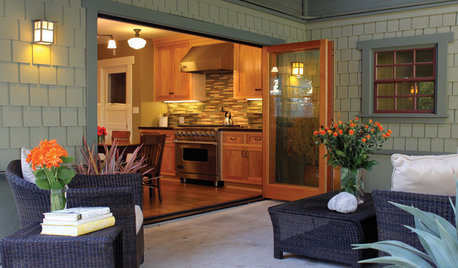
GARDENING AND LANDSCAPINGSpring Patio Fix-Ups: Earn Rave Reviews for Your Patio's Entrance
Consider innovative doors, charming gates or even just potted plants to cue a stylish entry point for your patio
Full Story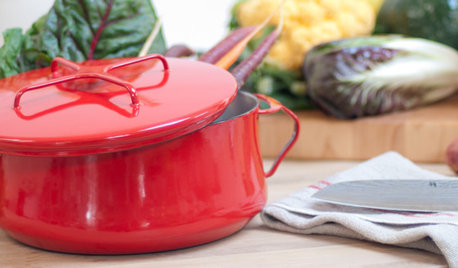
SHOP HOUZZHouzz Products: Stock Your Kitchen for Autumn
Serve hearty meals with a side of style by gathering up these fall-perfect pots, linens, serving pieces and kitchen tools
Full Story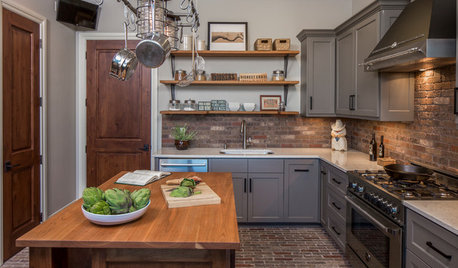
FARMHOUSESNew This Week: 2 Charming Farmhouse Kitchens With Modern Convenience
These spaces have all of today’s function with yesteryear’s simplicity and character
Full Story





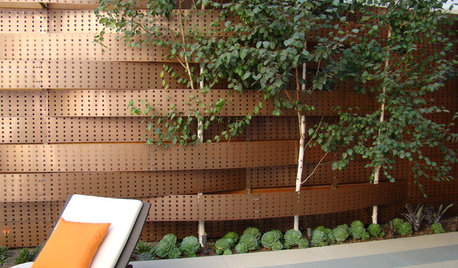
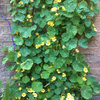

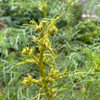
Donna
mxk3 z5b_MI
Related Professionals
Seabrook Landscape Architects & Landscape Designers · Edmond Landscape Contractors · Byram Landscape Contractors · East Hanover Landscape Contractors · Fort Atkinson Landscape Contractors · Palm Beach Gardens Landscape Contractors · The Villages Landscape Contractors · Greenfield Landscape Contractors · Oceanside Driveway Installation & Maintenance · Eustis Driveway Installation & Maintenance · New River Driveway Installation & Maintenance · Randolph Driveway Installation & Maintenance · Coatesville Decks, Patios & Outdoor Enclosures · Mebane Decks, Patios & Outdoor Enclosures · Overland Park Decks, Patios & Outdoor Enclosurespls8xxOriginal Author
mxk3 z5b_MI
ole_dawg
pls8xxOriginal Author
devora_devora
pls8xxOriginal Author
soilguy
FrozeBudd_z3/4